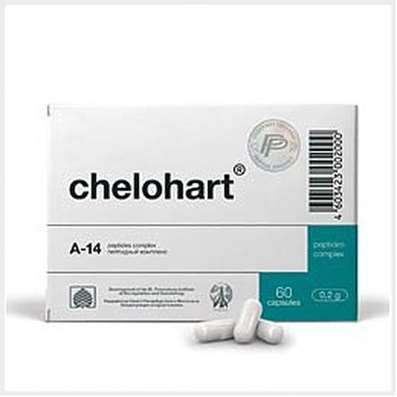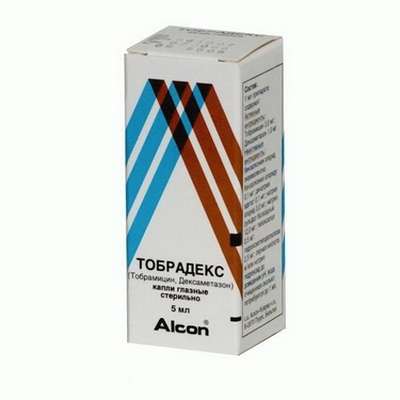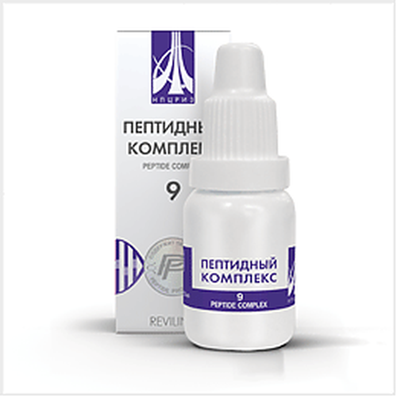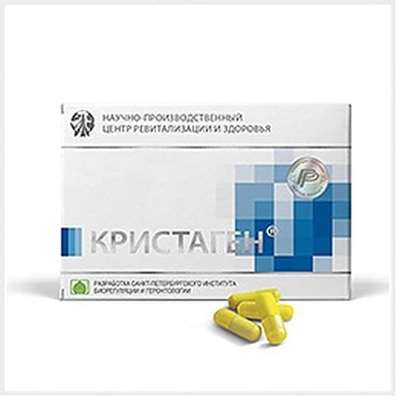Instruction for use: Bepanthen
I want this, give me price
Active substance Dexpanthenol
ATX code D03AX03 Dexpanthenol
Pharmacological group
Regenerants and reparants
Nosological classification (ICD-10)
L22 Diaper dermatitis
Children's eczema, Diaper rash, Erythema from diapers
L30.9 Dermatitis, unspecified
Allergic dermatoses complicated by a secondary bacterial infection, Anal eczema, Bacterial maturation, Varicose Eczema, Venous dermatitis, Inflammation of the skin, Inflammation of the skin upon contact with plants, Inflammatory Skin Diseases, Inflammatory skin reactions, Inflammatory processes of the skin, Hypostatic dermatitis, Fungal Eczema, Fungal dermatosis, Dermatitis, Dermatitis is stagnant, Dermatitis and eczema in the anal area, Dermatitis acute contact, Perianal dermatitis, Dermatosis, Dermatosis of the scalp, Dermatosis of psoriasis, Dermatosis with persistent itching, Dermatoses, Dermatoses itchy, Other itching dermatoses, Significant eczematous manifestations, Itching with, dermatoses, Itching eczema, True eczema, Skin reaction to insect bites,Skin itching with dermatosis, Constitutional eczema, Weeping eczema, Drowsing inflammatory skin disease, Dying Infectious-Inflammatory Skin Disease, Non-allergic dermatitis, Nummular eczema, Acute contact eczema, Acute inflammatory skin disease, Acute dermatosis, Acute severe dermatosis, Perianal dermatitis, Superficial dermatosis, Subacute Contact Eczema, Simple dermatitis, Occupational dermatitis, Psychogenic dermatosis, Bubble dermatitis of newborns, Pustular eruptions, Irritation and redness of the skin, Low-flammable eczema, Dry atrophic eczema, Dry eczema, Toxic dermatitis, Ear eczema like dermatitis, Chronic eczema, Chronic dermatosis, Chronic common dermatosis, Scaly papular dermatosis, Eczema, Eczema anal region, Eczema of the hands, Eczema Contact, Eczema lichenized, Eczema Nummular, Eczema acute, Eczema acute contact, Eczema subacute, Eczematous dermatitis, Eczema-like rashes, Ecome exogenous, Endogenous eczema, Gluteal dermatitis, Restricted itchy dermatitis
L53 Other erythematous conditions
Variable erythrokeratodermia, Malignant exudative erythema, Erythema, Erythematous, Erythroderma, Erythema from diapers
L55 Sunburn
Solar burns
L98.9 Lesion of skin and subcutaneous tissue, unspecified
Adiponecrosis, Atonic leather, Diseases of the skin, Blister, Inflammatory disease of soft tissues, Inflammatory processes of epithelial tissues, Degenerative changes in the skin and mucous membranes, Degenerative changes in the skin and mucous membranes, Excess granulation, Thinning of the skin, Skin diseases, Maceration of the skin, Minor skin lesions, Surface crack and skin abrasion, Increased skin peeling, Skin lesion, Erosion of the skin, Lipedema, Local non-infectious processes of skin and soft tissues, Disturbance of skin structure, Dysfunction of the skin, Skin disorders
N64.0 Fissure and fistula of the nipple
Dryness and painful nipples cracking, Cracks in the nipples of nursing mothers, Cracks in the nipples of nursing women, Cracked nipples
O92.1 Nipple associated with childbirth
Cracks in the nipple area, Cracks in the nipples of breastfeeding mothers, Cracked nipple, Inflammation of the nipple of breast in nursing mothers
R23.4 Skin structure changes
Cracks in the skin, Erosion, Postpone, Decreased skin elasticity, Violation of keratinization processes, Age-related skin changes, Cracks in the skin, Increased dryness of the skin
R23.8 Other and unspecified skin changes
Skin irritation after sun exposure, Vascular asterisk on the skin, Skin peeling, Weathering of the skin, Skin irritation, Postpone, Stria, Cracks in the skin, Skin irritation, Redness of the skin, Irritation of the skin with urine
R23.8.0 * Dryness of the skin
Dry skin on large areas of the skin, Dryness of the skin in violation of the integrity of its covers, Dryness of the skin,Skin peeling
T14.0 Surface injury of unspecified body region
Abrasions, Scratch, Skin Wounds, Wounds of soft tissues, Hematoma, Hematoma of traumatic origin, Hematomas, Hematomas of muscles, Hematomas of soft tissues, Healing of the skin, Bruise, Bruising due to sprains and bruises, Microtrauma, External bruises, Small combing, Superficial hematoma, Superficial damage to the skin and mucous membranes, Subcutaneous hematoma, Post-traumatic hematoma, Post-traumatic disturbance of microcirculation, Skinness of the skin, Traumatic plexus lesions, Injury, Contusion of soft tissues, Joint bruise, Traumatic bruises, Traumatic injury, Primary treatment of surface contaminated wounds, Abrasion, Bruise
T14.1 Open wound of unspecified body region
Secondary healing processes, Sluggishly granulating wounds, Sluggishly healing wounds, Sluggish wounds, Deep Wounds, Purulent wound, Granulating wounds, Prolonged non-healing wound, Long-lasting non-healing wound and ulcer, Long-lasting non-healing soft tissue wound, Healing of wounds, Wound healing, Capillary bleeding from superficial wounds, Bleeding wound, Radiation Wounds, Slowly epithelializing wounds, Minor cuts, Suppurated wounds, Violation of wound healing processes, Breach of skin integrity, Violations of the integrity of the skin, Violations of the integrity of the skin, Small cuts, Uninfected wounds, Uncomplicated wounds, Operating wound, Primary treatment of surface contaminated wounds, Primary wound treatment,Primary-delayed treatment of wounds, Poorly cicatrizing wound, Poor wound healing, Bad wound, Superficial injury, Superficial wound with mild exudation,Wound, The wound is large, Bite wound, Wound process, Wounds, Wound healing wounds, Stump Wounds,Wounds for gunshot, Wounds with deep cavities,Difficult healing wounds, Difficult wounds, Chronic Wounds
T30 Thermal and chemical burns, unspecified
Pain syndrome with burns, Pain in burns, Pain with burns, Sluggishly healing post-burn wounds, Deep burns with a wet scab, Deep burns with abundant compartments, Deep burn, Laser burn, Burn, Burn of rectum and perineum, Burn with mild exudation, Burn disease, Burn injury, Superficial burn, Superficial burn of I and II degree, Superficial skin burns, After-burn trophic ulcer and wound, Post-burn complication, Loss of fluid in burns, Sepsis burn, Thermal burns, Thermal skin lesions, Thermal burn, Trophic after-burn ulcers, Chemical burn, Surgical burn
Z58 Problems related to physical factors of the environment
Atmospheric pollution, Meteopathy, Hypotensive reactions in case of weather changes, The impact of harmful environmental factors, Impact of unfavorable environmental factors, The impact of physical factors, Unfavorable action of the environment, Stay in adverse environmental conditions, Adverse effects on the body of environmental factors, Living in ecologically unfavorable areas, Work in environmentally unfavorable areas, Sharp change in climatic conditions, Hypersensitivity to weather changes
Composition
Cream for external use 1 g
active substance:
dexpanthenol 50 mg
excipients: DL-Pantolactone - 5 mg; phenoxyethanol - 5 mg; potassium cetyl phosphate (amphisole K) - 12.7 mg; cetyl alcohol - 24 mg; stearyl alcohol - 16 mg; lanolin - 13 mg; isopropyl myristate 35 mg; propylene glycol 15 mg; purified water - up to 1000 mg
Description of dosage form
Cream: soft, elastic, homogeneous, matt cream from white to white with a yellowish tint of color, with a weak specific odor.
pharmachologic effect
Pharmacological action - regenerating.
Pharmacodynamics
Dexpanthenol in skin cells quickly turns into pantothenic acid, which is an integral part of coenzyme A and plays an important role both in the formation and healing of damaged skin; stimulates the regeneration of the skin, normalizes the cellular metabolism.
Pharmacokinetics
When applied externally, it is quickly absorbed by the skin (quickly absorbed) and converted to pantothenic acid, binds to plasma proteins (mainly with beta-globulin and albumin). Pantothenic acid is not metabolized in the body and is excreted unchanged.
Indications
If the integrity of the skin is compromised: healing of burns (including sunburn), minor skin lesions (abrasions, cuts, cracks); for the prevention and treatment of skin dryness, incl. and as a result of dermatitis of various genesis, as well as daily care for skin areas exposed to the greatest impact of external factors (face, hands); for the care of the mammary gland during lactation (cracks and reddening of the nipples of the breast); for the care of infants and infants (diaper rash, "diaper" dermatitis).
Contraindications
Hypersensitivity to the components of the drug.
pregnancy and lactation
The cream can be used during pregnancy and during breastfeeding.
If the drug is used to treat nipple cracks during lactation, it should be washed off before breast-feeding.
Side effects
Allergic reactions are possible in extremely rare cases.
Interaction
No data on drug interaction.
Dosing and Administration
Outwardly. The cream is applied a thin layer 1-2 times a day on the affected surface and slightly rubbed.
When caring for the mammary gland, the cream is applied to the nipple surface after each feeding.
When caring for infants, the cream is applied every time the diaper is changed (diapers).
Form of issue
Cream for external use, 5%. By 3.5 g, 30 g, 50 g or 100 g of the preparation in an aluminum tube with a PE spout, closed with an aluminum membrane, closed with a screw-on polypropylene cap with a tip for piercing the membrane. Each tube is placed in a cardboard box.
Conditions of leave from pharmacies
Without recipe.
Storage conditions
At a temperature of no higher than 25 ° C.
Keep out of the reach of children.
Shelf life
3 years.
Do not use after the expiry date printed on the package.

 Cart
Cart





